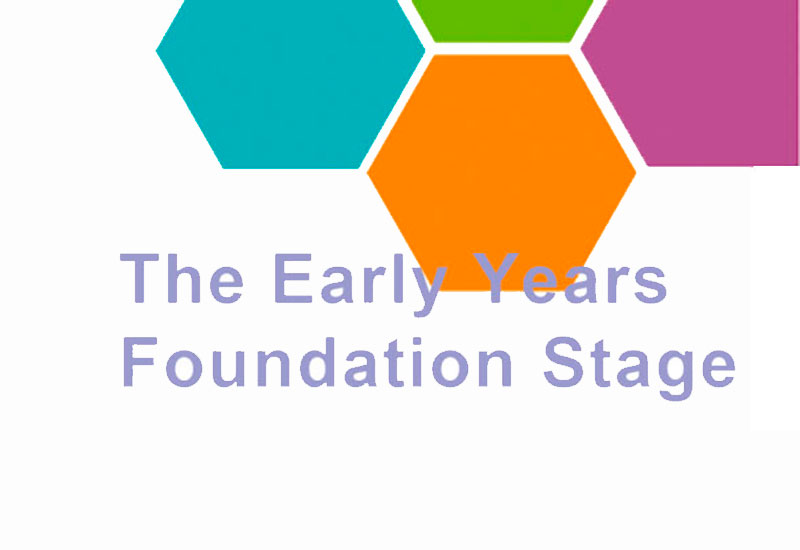Is your EYFS Communication and Language tracking tools detailed enough?

Communication and language is a prime area within the Early Years Foundation Stage (EYFS). It is important to track each child’s development within this area.
The EYFS divides Communication and Language into three areas; listening and attention, understanding and talking. Each area has several milestones that need to be met by a child to ensure they are developmentally progressing with this area of learning. These milestones are split up into age brackets, with children marked as Emerging, Consolidating or Secure. Social communication is also a building block in language development; however the EYFS have placed this area within Personal, Social and Emotional development.
Current tracking tools use the EYFS as a baseline in suggesting what a child should be doing by a particular age, yet many settings find that this is failing to pick up language delay in development. This can be due to the milestones for this area of development being too vague, meaning practitioners are not fully aware of what is being asked. The age brackets used in the EYFS overlap so a child may be working within two sets of milestones. This can cause confusion and leave practitioners unsure which milestones the child should currently be working at. The age brackets are also very wide, with one bracket ranging from thirty months to fifty months. This can cause issues when tracking the language development of a child as it can leave a large time span before recognising the need for additional support.
Although the EYFS covers four areas of language development, it fails to mention another important factor; speech intelligibility. This is vital in securing age appropriate speech for children, especially those close to starting school. It is suggested that by the time a child reaches 3 and a half years old, they should be understood by unfamiliar adult; however speech sound development is not mentioned in the EYFS. This can mean children with immature speech intelligibility are not able to access early intervention and support until they reach school.
Many speech and language difficulties can be improved through additional early support or referrals to speech and language therapy; yet the EYFS does not seem to offer the correct support in terms of tracking children’s holistic language development. Tracking tools that are created specifically for monitoring all areas of communication, language and speech could help practitioners to identify difficulties early and gain additional support in preparation for school.

Hi Kelly, I have children with E.O.L. Do you know of any speech tracking tool, apart from development matters that i could access, or download in any way. Many thanks
Hi Tracie
This is something we are looking into, once we have something we will let you know.
Hi Kelly
Is there a communication and language tracking tool that you would recommend which covers all four areas of language plus speech intelligibility?
Thanks, 🙂
Hi
We have created a Communication and Language tracking this is a brief summary of what it is -This tracking tool has been specifically designed to aid practitioners in tracking children’s communication and language development. This in-depth tool is divided into the 5 areas; listening and attention, social communication, understanding, talking and speech sound development, providing a baseline for the development of children aged 6 – 72 months. Practitioners will be able to track children using the provided age bracket levels in order to assess whether the children are emerging, consolidating or secure in each area. This tracking tool enables children’s communication and language development to be reviewed on a regular basis and supports early intervention. To purchase this here is the link http://www.earlyyearscareers.com/eyc/product/communication-language-tracking-tool/